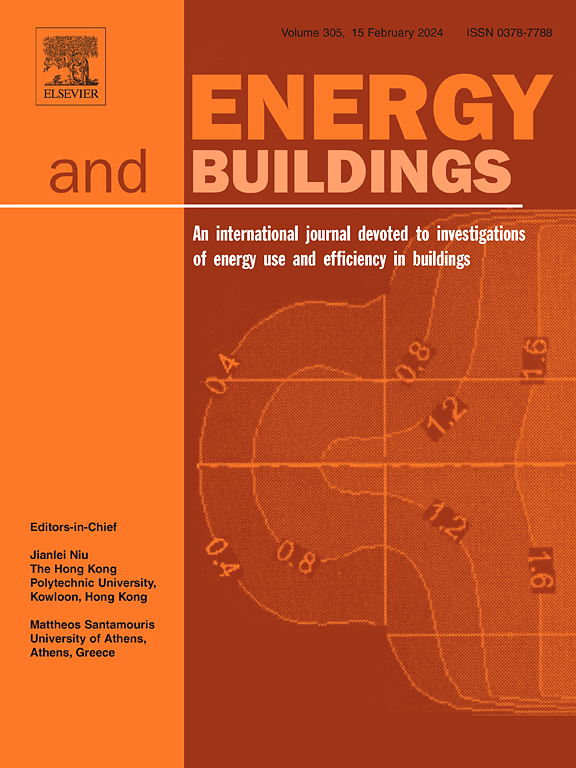The differences in thermal physiological parameters, thermal comfort, and thermal acceptability under the same thermal sensation in air-conditioned environments between winter and summer
IF 6.6
2区 工程技术
Q1 CONSTRUCTION & BUILDING TECHNOLOGY
引用次数: 0
Abstract
Seasonal differences are an important factor affecting thermal comfort needs. However, relevant research is limited. In this study, thermal comfort experiments simulating air-conditioning environments were implemented in winter and summer. The experimental temperatures in winter and summer were 12, 15, 18, 21, 24 °C and 24, 26, 28, 30, 32 °C, respectively. Thermal physiological parameters were measured, and the thermal comfort subjective feeling questionnaire was evaluated on 40 healthy college student subjects during an exposure time of 140 min. Analysis of these measurements revealed significant seasonal differences in skin temperature, thermal comfort, and thermal acceptability for the same thermal sensation. On the one hand, both local and mean skin temperatures under the same thermal sensation were higher in summer than in winter (p < 0.05). On the other hand, there was a scissor difference in the change curves of thermal comfort and thermal acceptability voting with thermal sensation in winter and summer. Compared with the PPD curve, the unacceptable percentage curve shifted to the cooler side in summer and to the warmer side in winter. The results of this study provide a theoretical basis for the accurate creation of thermal comfort in the built environment from the perspective of seasonal differences.

求助全文
约1分钟内获得全文
求助全文
来源期刊

Energy and Buildings
工程技术-工程:土木
CiteScore
12.70
自引率
11.90%
发文量
863
审稿时长
38 days
期刊介绍:
An international journal devoted to investigations of energy use and efficiency in buildings
Energy and Buildings is an international journal publishing articles with explicit links to energy use in buildings. The aim is to present new research results, and new proven practice aimed at reducing the energy needs of a building and improving indoor environment quality.
 求助内容:
求助内容: 应助结果提醒方式:
应助结果提醒方式:


